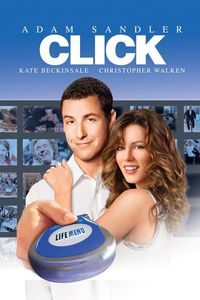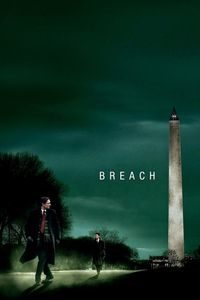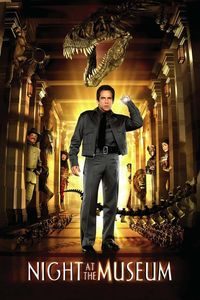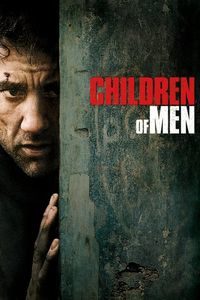Click (2006)
(On DVD, February 2007) Well, as Adam Sandler films go, this isn’t one of the worst ones. This is, indeed, very faint praise: Sandler’s films have become a predictable mix of sappy morals, slapstick violence, mock anger, insipid female characters and broadly accessible premises. In this case, some things actually work well: the “universal remote” gimmick is used for pretty dumb gags, but it eventually allows a fairly sophisticated meditation on the nature of living life, and the paths that our choices can end up making if we’re not careful. Some gags are amusing, and the film has a surprising amount of internal coherence. Despite the obvious plot threads (including a blatantly obvious “departure point” trap-door), it all amounts to a good character arc. But then there is the rest of the picture: The disturbing way Sandler’s character resorts to violence whenever he’s not accountable for it; the way the female characters are sidelined in easy caricatures; the cheap gags that do little but amuse the 12-year-olds in the audience. Click ends up as a potentially interesting film hobbled with obvious sops to Sandler’s usual demographics. Too bad.








![El Laberinto Del Fauno [Pan’s Labyrinth] (2006)](https://www.christian-sauve.com/wp-content/uploads//pans-labyrinth-2006-200x300.jpg)





